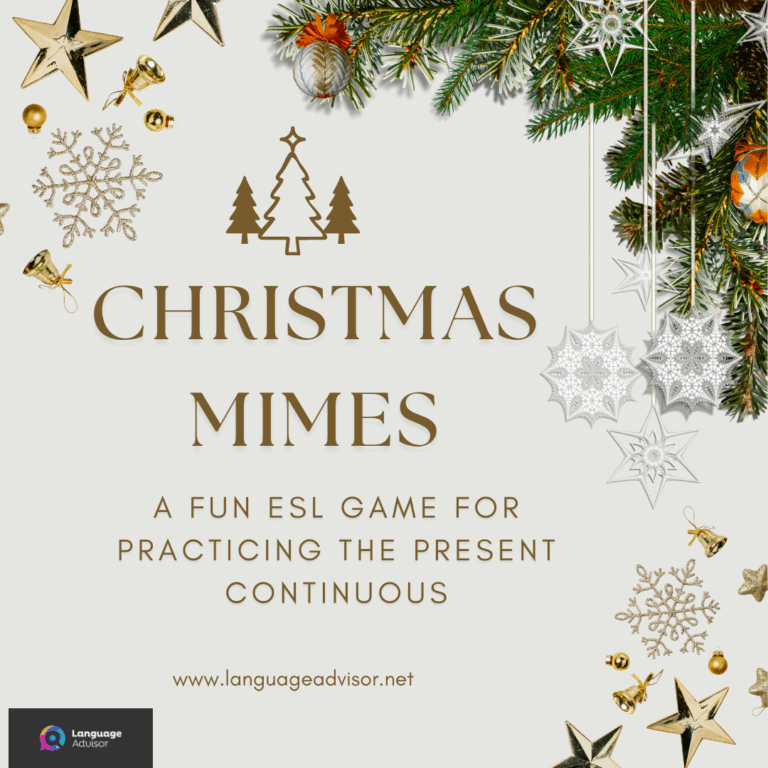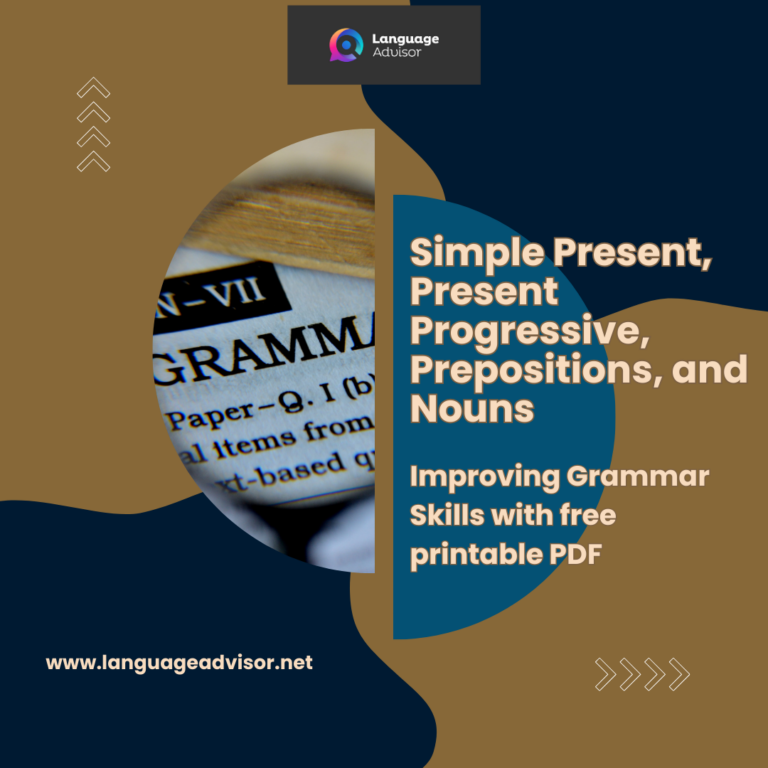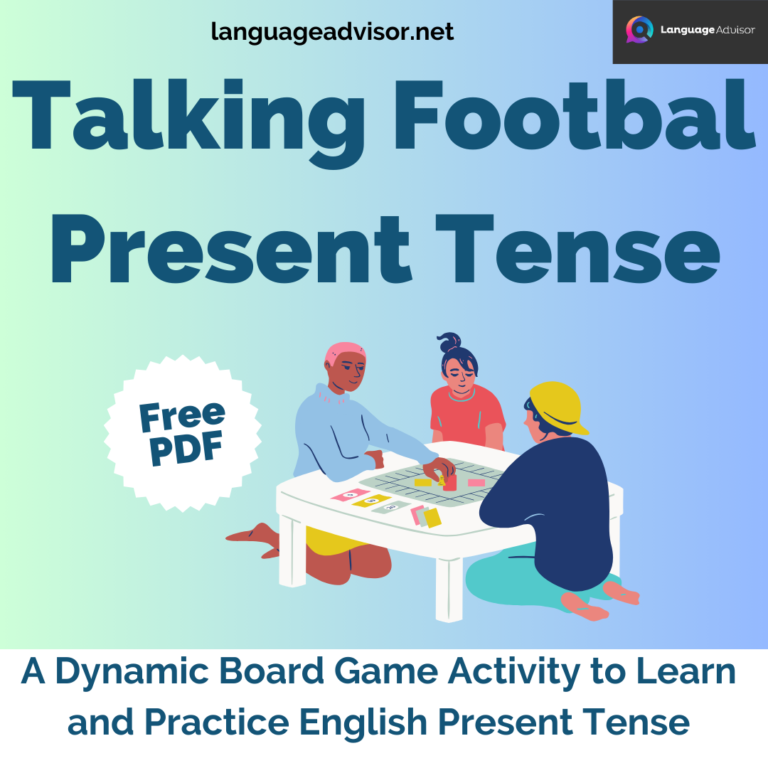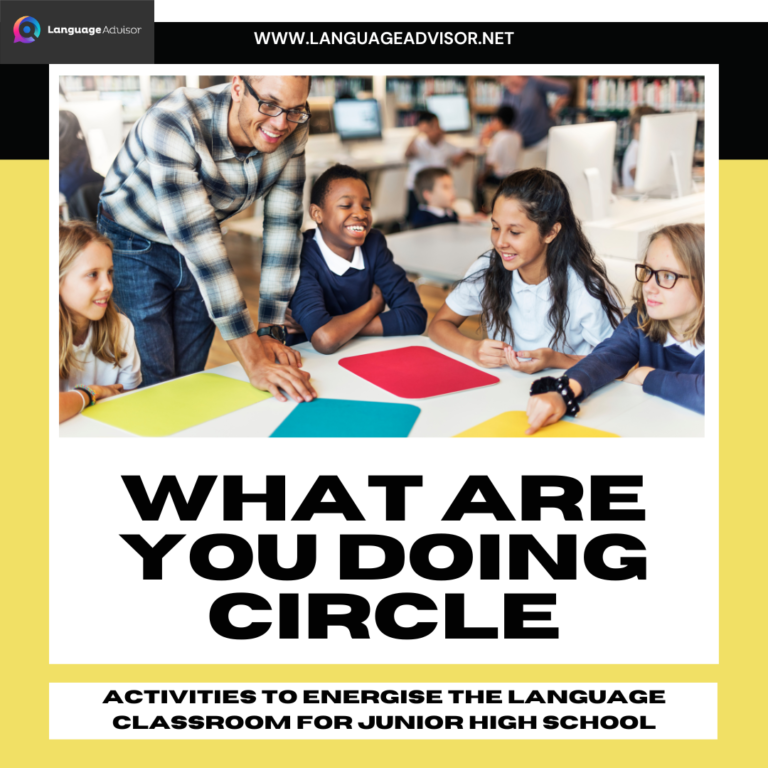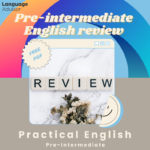Review of all English Tenses. English ESL/EFL Lesson Plans and Games on all Simple and progressive tenses
Review of all English Tenses

Lesson plans
Here you can find a wide range of full lesson plans to use in your classroom.
All of our lessons are designed around themes engaging and relevant to English ESL-EFL learners and can be used to complement your school curriculum, giving students an opportunity to develop their English language and skills in motivating and enjoyable ways.
These lesson plans focus on classroom games and activities oriented around meaningful practice of grammar items in English. The vast majority of the activities have been designed to be simple and easy to apply, without requiring much in the way of additional resources or materials. Wherever possible, games have been presented in a way that makes full use of any natural or genuine communicative aspects embodied in the grammar constructions, though while there is emphasis on understanding the grammar and its functional and communicative aspects, most of the games also highlight the importance of using the grammar accurately.
These lesson plans are intended as a starting point for teachers to adapt and build their own stock of in-class games and activities that can be applied relatively quickly and easily.

Review of all English Tenses
Review of all English Tenses: Here are six lesson plans on the English tenses

Review of Simple Present Tense
Objectives:
To review the basic concepts of the Simple Present Tense
Warm-Up:
See how much the students know by asking them to create sentences in the simple present tense, it will make it easier to then gauge where to start the review, and have them do so using some of the new vocabulary words they learned in the previous lesson.
Presentation:
– Draw the following diagram on the board:
now
past <—————————–I————————–> future
– Explain that the simple present tense takes place in the “now” and show the following diagram to illustrate this.
—-x—x—x—x—x—x-I–x—x—x—x—x—x—
– Define the simple present tense: The simple present tense says that something was true in the past, is true in the present, and will be true in the future. It expresses general statements of fact and timeless truths. It is also used to express habitual or everyday activities.
– Give some examples of sentences in the simple present tense:
Ex.
I work as a teacher.
Sean listens to music.
The students work hard everyday.
Practice:
– Have the students write in the correct form of the verbs for the following simple present tense sentences.
1. Dusty (make) _________ his bed everyday.
2. Kyle always (wear) _______ a hat.
3. Every morning the cow (walk) ____ by my window.
4. It (snow) ____ in my state.
5. Everyday I (write) ____ a letter to my family.
6. Jason (work) _____ for Peace Corps.
7. They (walk) _____ to the Bazaar on Sundays.
8. We (watch) ____ television sometimes.
9. Mary (listen) ____ during English class.
10. Joe (play) _____ soccer.
Homework: Have the students write their own sentences in the simple present tense for practice, five to ten should be sufficient.


Review of Simple Past Tense
Objective:
To review so that the students understand and can use the simple past tense.
Presentation:
– Redefine the Simple Past Tense: The simple past tense indicates that an activity or situation began and ended at a particular time in the past.
– Draw the following illustration to help demonstrate your point:
Now
Past ——-X————-I——————– Future
– Give some examples of the simple past tense:
– Ex. I walked to the post office yesterday.
Mike lived in Milan last year.
He played soccer yesterday.
Practice:
– Have the students be able to finish the sentences so that they form a sentence in the simple past tense.
1. I (go) ____ to the bank yesterday.
2. She (hike) ____ up the mountain last week.
3. Last year we (fly) ____ to Bishkek.
4. I (go) ___ to the university last year.
5. Yesterday, it (hail) ____ .
6. She (sing) ____ in the choir.
7. We (watch) ____ a movie last night.
8. I (work) ____ in the fields all day yesterday.
9. The class (listen) ____ well last week.
10. The boys (run) ___ to the river.
Homework:
Have the students write 7 to 10 sentences about things they did over their winter holidays. Remind them that everything should be written in the simple past tense

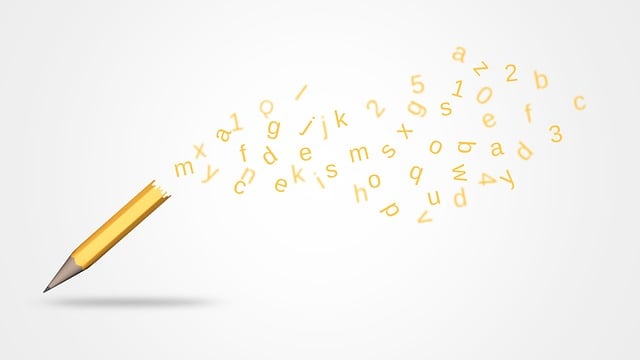
Review of Simple Future Tense
Objective:
To review the topic of the simple future tense so that the students understand it and can use it properly
Presentation:
– Redefine the Simple Future Tense: – The simple future tense indicates that an event will take place in the future.
– Draw the following illustration to help demonstrate your point:
Now
Past ————————-I———X———– Future
– Give some examples of the simple future tense:
– Ex. Jack will do his homework tomorrow.
I will go to America next week.
She will come to the party tonight.
Practice:
– Have the students be able to finish the sentences so that they form a sentence in the simple future tense.
1. I (run) ____ tomorrow. = I will run tomorrow.
2. She (play) ____ in the tournament this weekend.
3. We (go) ___ to the mountains for summer holiday.
4. We (learn) ____ a new language by the end of the year.
5. He (ride) ___ his bike to the concert tonight.
7. I (come) ___ to school tomorrow.
8. She (cut) ____ her hair next month.
9. He (try) ____ to build a house by next summer.
10. The class (help) ___ the teacher on next years project.
Homework:
Have the students write 7 to 10 sentences about things they want to do when they grow up. Remind them that everything should be written in the simple future tense.

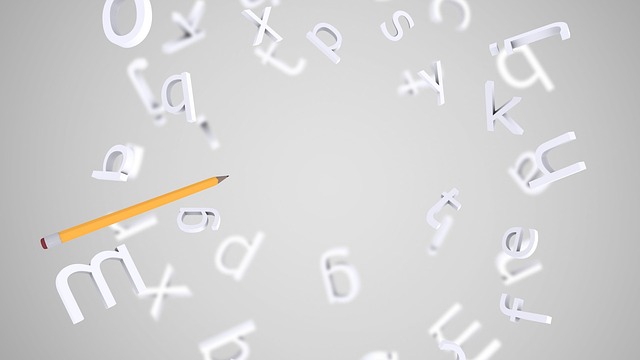
Riview of the Past Progressive Tense
Objective: to review the past progressive tense
Presentation:
– Review what a “progressive tense” means: A progressive tense gives the idea that an action is in progress during a particular time. The tense says that an action begins before, is in progress during, and continues after another time or action.
– Define the Past Progressive Tense: The past progressive tense has two actions occurring simultaneously, so that one action began earlier and was in progress when the other action occurred. This tense can also be used when two actions are taking place
simultaneously.
– Draw the following illustration to help demonstrate your point:
Now
Past ——-X————–I——————– Future
(in progress)
– Give some examples of the past progressive tense:
– Ex. I was walking down the street when it began to rain.
She was standing under a tree when a car drove by.
Last year at this time, I was attending school.
Practice:
– Have the students be able to finish the sentences so that they form a sentence in the past progressive tense.
1. I was (sit) ___ in class at this exact same time yesterday.
2. While the teacher was (read) ____ the story the class fell asleep.
3. He was (wait) ____ for his girlfriend but the movie had started.
4. The students were (speak) ____ when the concert began.
5. I was (work) ____ then the power went out.
6. The class was (study) ____ hard until they heard the loud noises.
7. She was (call) ____ her sister but she lost the connection.
Homework:
Have the students write 5 to 7 using the past progressive tense. The students should be prepared to share these sentences with the class at their next lesson.


Review of all 3 Simple Tenses
Objectives:
To review the three simple tenses: present tense, past tense, and future tense and to be able to recognize, differentiate between them, and use them correctly.
Warm-Up:
Review all three of the simple tenses with the class. Perhaps it will be a good idea to re-draw the diagrams as a visual aid. Make sure to solicit from the class examples to ensure that they have grasped the simple tenses.
Presentation:
– Re-define all of the simple tenses.
– Re-draw the diagrams for visuals.
– Have the students give examples of each of the three types of the simple tenses.
Practice:
– Have the students identify which type of sentence the following are. They will be one of the three types of Simple Tenses.
1. She played the piano. = past
2. He works at the bus station. = present
3. They will go to Tash Rabat next Saturday. = future
4. I danced at the disco. = past
5. We will try to learn English. = future
6. She listens to music. = present
7. He sits in the chair. = present
8. They went to school yesterday. = past
9. We will sing that song tomorrow. = future
10. I failed my exam. = past
11. She will study hard for the test. = future.
12. The class will read that book next year. = future
13. I drink water. = present
14. He ate all the bread last night. = past
15. They will see the sunlight tomorrow morning. = future
16. He played soccer. = past
17. She works at the salon. = present
18. They will go to Arslanbob next week. = future
19. We danced at the cafe. = past
20. They will try to learn French. = future
21. She listens to the news. = present
22. He sits at the table every night. = present
23. He went to the mosque yesterday. = past
24. We will perform that song tomorrow. = future
25. I failed my exam. = past
26. They will study for the exam. = future.
27. The students will read that book next year. = future
28. The cow drinks dirty water. = present
29. She ate all the salad last night. = past
30. They will see their friends tomorrow. = future
Homework: Have the students write a short description of their week. Make sure that they include what they have already done (simple past tense), what they are doing (simple present tense), and what they will do at the end of the week (simple future tense). Seven to ten sentences should be sufficient.


Review of all 3 Progressive Tenses
Objectives:
To review the progressive tenses: present progressive, past progressive, and future progressive and to be able to recognize, differentiate between them, and use them correctly.
Warm-Up:
Review all three of the progressive tenses with the class. Perhaps it will be a good idea to re-draw the diagrams as a visual aid. Make sure to solicit from the class examples to ensure that they have grasped the simple tenses.
Presentation:
– Re-define all of the progressive tenses.
– Re-draw the diagrams for visuals.
– Have the students give examples of each of the three types of the progressive tenses.
Practice:
– Have the students identify which type of sentence the following are. They will be one of the three types of Progressive Tenses.
1. She was playing the piano. = past
2. He is working at the bus station. = present
3. They will be going to Tash Rabat next Saturday. = future
4. I was dancing at the disco. = past
5. We will be trying to learn English. = future
6. She is listening to music. = present
7. He is sitting in the chair. = present
8. They were going to school yesterday. = past
9. We will be singing that song tomorrow. = future
10. I was walking to the post office = past
11. She will be studying hard for the test. = future.
12. The class will be reading that book next year. = future
13. I am drinking water. = present
14. He was eating all the bread last night. = past
15. They will be seeing the sunlight tomorrow morning. = future
Homework: Have the students write a short description of their week. Make sure that they include what they have already done (past progressive tense), what they are doing (present progressive tense), and what they will do at the end of the week (future progressive tense). Seven to ten sentences should be sufficient.

Review of all English Tenses
Review of all English Tensess: Also Check out these resources on all the English tenses



